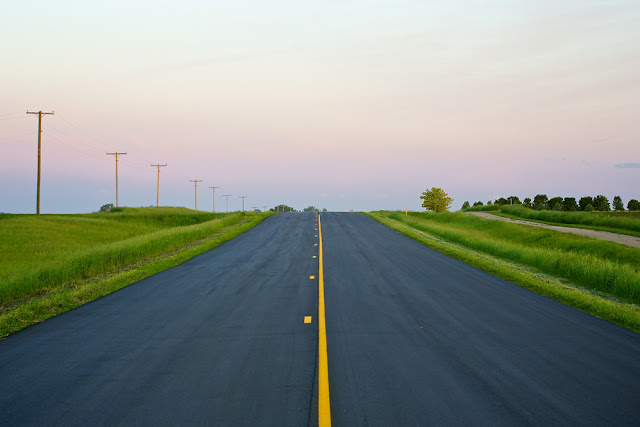 |
I'll Take a Half Cup - Selva Verde, Costa Rica
Canon 5D Mark iii + Canon 300mm f2.8L IS + Canon 2x Mark iii Converter |
What’s in a name?
Known as the “strawberry, blue jeans, blastimentos, or la gruta” poison arrow frog, Oophaga pumilio is a frog with many names. Diminutive at about 20mm, Oophaga pumilio appear in 15-30 color morphs that vary according to their geographic distribution. Once considered members of the larger Dendrobates genus, the strawberry poison dart frog is classified in a single clade, Oophaga, whose evolution coincides with the formation of the Panamanian land bridge.
Found from Nicaragua to Panama, each subpopulation is morphologically distinct. Some groups are bright red (strawberry) while others are yellow with black spots (la gruta). The frog pictured here is the “blue jeans” morph, and they are found throughout the Caribbean slope near the La Selva Biological Reserve in Costa Rica.
The name “poison arrow” or “poison dart” is a generic reference to the poisonous neurotoxins that are secreted dorsally. Historically, pre-Columbian aboriginal populations used the secretions from living and dead frogs to produce poison darts that could be used to hunt monkeys and birds living throughout the forest canopy. In general, poison arrow frogs are unaggressive yet fearless. Dressed in neon and Day-Glo, this genus is famous for its aposomatic or “warning color” patterns. While there are a few bird species that can tolerate the toxins or modify frogs by scraping the glands on rocky surfaces, most birds use the outrageous colors as a way to recognize these frogs as non-food items. Observed in everything from insects to snakes, there is strong selective pressure for aposomatic warning patterns throughout tropical communities. So prevalent is this strategy, some non-poisonous species will mimic toxic ones by evolving aposomatic-like color patterns.
The genus Oophaga is fitting, as the prefix “Oo,” egg, and suffix “phaga,” to eat, aptly describes the nutrition of the developing frog larvae. Female frogs carry eggs into the canopy and deposit them near a watery vessel. Often laid on the leaves of bromeliads, male frogs will make multiple visits to water the eggs and prevent desiccation. Once the tadpoles emerge, females will retrieve the larvae and carry the embryonic frogs to pools formed at the base of epiphytic bromeliads or tree cavity. Here, the larvae will grow until they develop legs and can leave their aquatic homes. The maternal ecological investment is high because the strawberry tadpole is a finicky eater. Beginning with the deposition of one to two larvae and every three days until final development, the adult female will return to the aquatic nest to lay unfertilized eggs. These eggs represent the entire diet of the Oophaga larvae until they can leave their watery home. The diversity and range of this species seems all the more incredible when you consider that less than 12% of all fertilized eggs the survive through metamorphosis.
©2000-2013 BTLeventhal.com / Bruce & Tamy Leventhal. All rights reserved. No image on this site may be used without permission.











































